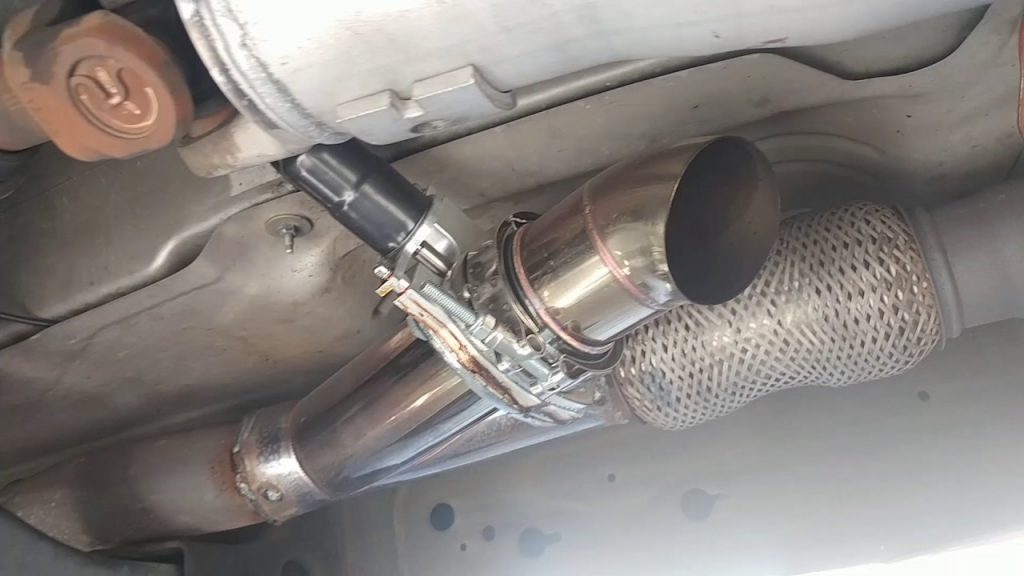One of the first modifications for any petrolhead is an exhaust. This can be anything from a “booster” to increase noise or a free flowing exhaust for more power. However there’s often the same word of caution “Don’t go too big because you need a bit of back pressure so you don’t lose power”. Sure enough you’ll find someone with anecdotes of lost torque, slower acceleration and other tales of woe.
An engine whether naturally aspirated, turbo or supercharged is a just big air pump. Air comes in, gets mixed with fuel, burns and gets spat out again. The more efficiently it can do that the more power it can generate. Any restriction to either intake or exhaust lowers the power potential of the engine.

Factors to consider
On the exhaust side there are four main factors to consider: flow, velocity, scavenging and finally back pressure. Getting an engine to perform its best is a fine balancing act these factors. But what are they exactly?
Flow can be thought of as how much exhaust gases are leaving the exhaust over a given time period.
Velocity is the speed that the gases have as they travel out of the engine and down the exhaust pipes.
Scavenging is product of flow and velocity. Balanced properly allows the engine to burn the cleanest mixture of air and fuel at each cycle.
Back pressure is the resistance of exhaust flow. Having the wrong combination of flow and velocity can create back pressure.
The Exhaust balancing act
To understand how these factors work together lets talk about hosepipes for a minute. Imagine the water coming out of a standard garden hosepipe, swapping that out with a larger fire hose will allow you to pump more water per minute. This is the flow of the pipe. That said if the pump is of the same size the water will move slower, this means less velocity. Conversely if you place your finger over the end of the standard hose pipe the velocity increases but the flow decreases.
The finger scenario is a good example of back pressure. The water (gases) have a high velocity, the restriction to flow causes a build up of pressure in the pipe. In an engine this means that some burnt air fuel mixture will remain in the cylinder meaning less room for fresh air and fuel.
Unlike our hosepipe examples though, exhaust gases don’t travel in a steady stream. As each piston fires, the exhaust gases leave in a pulse down the exhaust manifold and down the exhaust pipe. As each pulse travels down the pipe it pulls a slight vacuum behind it and this is where scavenging comes into play.
By timing these pulses correctly, the pulse from cylinder 1 will help pull the exhaust gases from cylinder 2 with its vacuum and so on. Cleaner air fuel mixtures lead to more power in each cycle. Knowing this we see that back pressure is never desirable as it reduces the engines ability to pump air.
So what is the right exhaust size?
That is a slightly more complicated answer. Turbo cars can cheat this exhaust conundrum as the turbine wheel serves as an inescapable restriction, that also blends the exhaust pulses in the exhaust manifold. Turbo drag cars often have minimal exhaust pipes that exist the bumper or hood to allow maximum flow.
Naturally aspirated and supercharged cars however will need to find the balance that allows maximum flow whilst keeping exhaust velocity higher enough to keep scavenging. The losses that many feel after putting larger exhausts is because they lose the exhaust scavenging or in worst case experience exhaust reversion and the exhaust gases flow backwards and contaminate the intake charge in the cylinder.
That was an informative piece there.Please keep them coming we are learning a lot ey
No problem, will keep em coming. Glad you enjoyed!